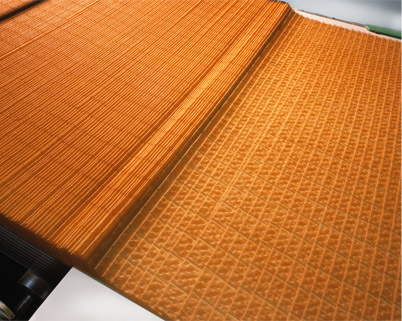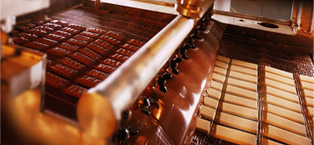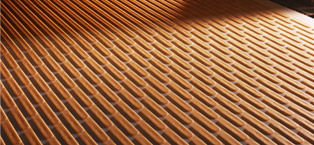Delser
The production processThe history of biscuits
According to many, Italy is the birth country of biscuits. Small sweets, of different sizes and dimensions, more or less decorated, were part of ancient culinary tradition since ancient times. The recipes of biscuit shapes and ingredients changed more than once over time, until they became the sweets that now find their way to our table at breakfast, during a snack or just when we wish to relax.
In the Middle Ages the sweets were, at times, served also between a meal and the other, on occasion of long convivial meals and special occasions. However, the most ancient biscuits, more similar to the biscuits we know, were created in monasteries. Thanks to the patient work of monks and nuns some of the most traditional recipes for sweets and biscuits were created and perfected and they remained in use until the end of the XIX century; it is from them that many of the most famous confectionery specialties we now enjoy originate. In the past, biscuits were comfort food for the poor and for pilgrims that knocked at the convent's doors or as food to celebrate special events. Still in the Middle Ages, biscuits gained many new ingredients among which candied fruit, spices, licorice and must. The biscuit tradition continued until the eighteenth and nineteenth century, centuries in which the cult of sweets was born at the European courts and later on the first artisan biscuit making shops were founded, masters in the art of revising ancient recipes. Nineteenth century biscuit making shops were the original precursors of modern factories, which now carry on the impressive heritage of the Italian pastry making industry. |
Modern "frollini" (shortbreads) making processIn order to make a frollino cookie, the steps are the following. |
|
||||||||||
|
|||||||||||
The History of Crackers
The term "crackers" derives from the English verb "to crackle". Crackers are dry biscuits, crunchy and non-sweet, which can be salted or enriched with spices, oats and flavoring. Today crackers have generally a layered structure characterized by small holes that avoid the forming of large bubbles on their surface. They are eaten in many occasions, from a snack to an appetizer also because crackers are suitable to be garnished in many ways. |
 |
Modern cracker making processCrackers, in order to reach the perfect crispness and their distinguishing taste, are subject to two stages of natural leavening for 24 hours. |
|
||||||||||
|
|||||||||||
|
|
|
|



 Italiano
Italiano English
English Français
Français Español
Español




